
Understanding the fundamentals of music theory is the key to grasping the elements that make up a musical composition, including intervals, scales, chords, rhythms, and tonality. This section breaks down these concepts step by step, allowing you to build a solid foundation that will help you compose, perform, and understand music on a deeper level.
1. Intervals and Scales in Detail
Intervals and scales are the building blocks of music. An interval refers to the distance between two notes, while a scale is a sequence of notes arranged according to specific interval patterns. Mastering intervals and scales is essential for creating melodies and chords.
Types of Intervals and Understanding Them
Intervals come in different types, and understanding these is crucial for music theory.
- Whole Step (Whole tone): The distance between two notes where there is one semitone between them. On the piano, it’s the distance between two white keys or two black keys with one key in between.
Example: The interval from C to D is a whole step.
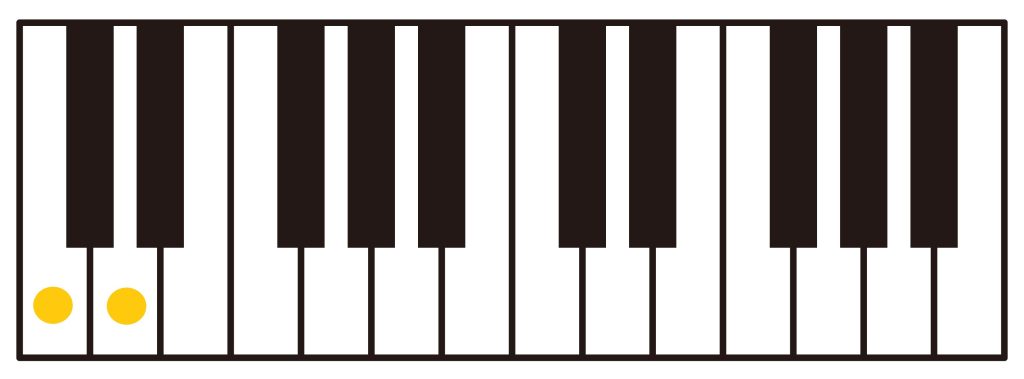
- Half Step (Semitone): The smallest interval between two notes with no other note in between them. On the piano, it’s the distance between a white key and the adjacent black key.
Example: The interval from C to C♯ is a half step.
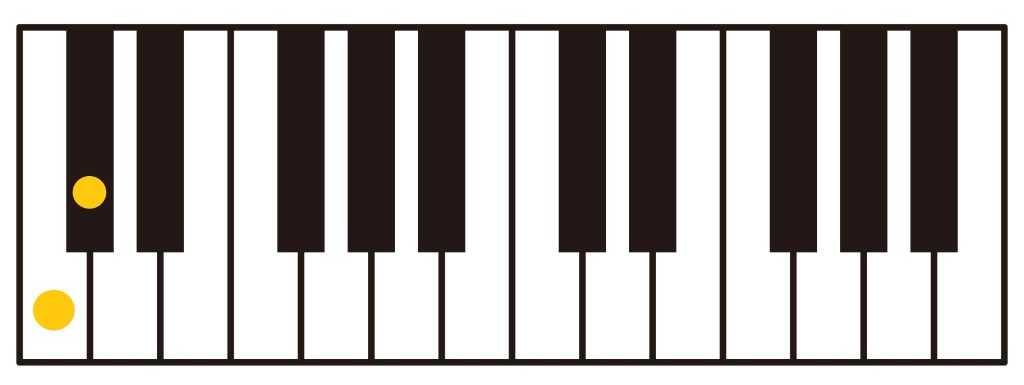
Naming and Identifying Intervals
Intervals are identified by specific names, which help musicians understand the structure of melodies and harmonies.
- 1st (Prime): The same note (e.g., C to C)

- 2nd (Second): The next adjacent note (e.g., C to D)
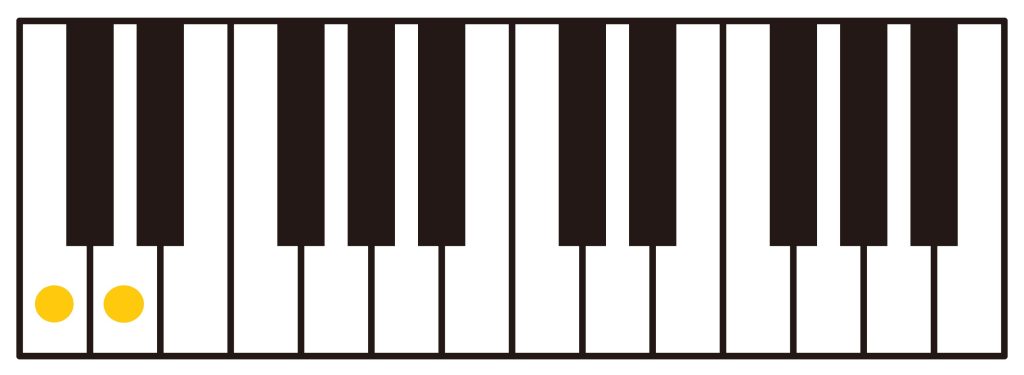
- 3rd (Third): The third note up (e.g., C to E)
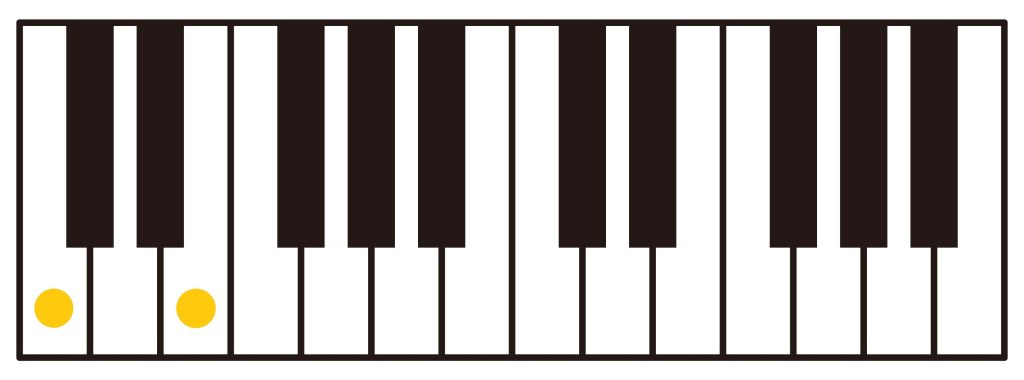
- 5th (Fifth): The fifth note up (e.g., C to G)
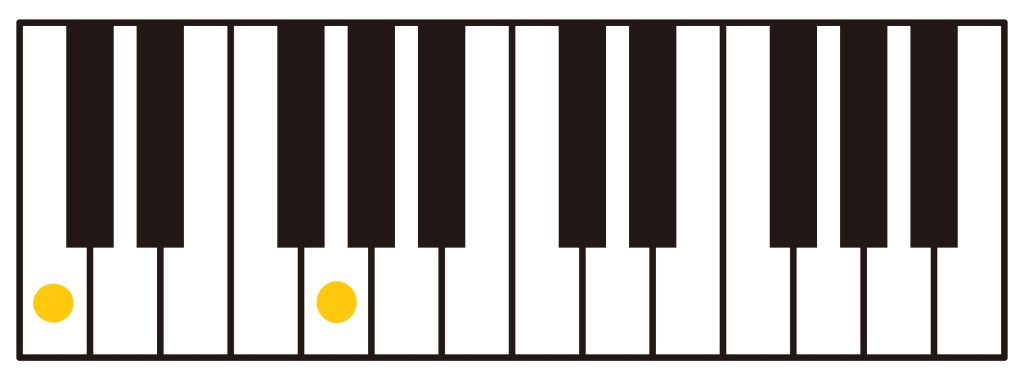
These intervals are classified as major (larger) or minor (smaller), depending on the distance between the notes. For example, C to E is a major 3rd, while C to E♭ is a minor 3rd. This distinction affects the brightness or darkness of chords.
2. Major and Minor Scales
Most music is based on major or minor scales. Understanding these scales allows you to control the emotional tone of a song.
The Major Scale
The major scale is one of the most fundamental and widely used scales in music. It has a “bright” sound.
The pattern of intervals for the major scale is whole step - whole step - half step - whole step - whole step - whole step - half step.
Example: C Major Scale
C (whole step) D (whole step) E (half step) F (whole step) G (whole step) A (whole step) B (half step) C

This pattern applies to any note you choose as the starting point, and the C major scale is a good example because it uses only the white keys on the piano, making it easier to visualize for beginners.
The Minor Scale
The minor scale, on the other hand, has a darker, more melancholic sound. There are several types of minor scales, but the natural minor scale is the most basic.
The interval pattern for the natural minor scale is whole step - half step - whole step - whole step - half step - whole step - whole step.
Example: A Minor Scale
A (whole step) B (half step) C (whole step) D (whole step) E (half step) F (whole step) G
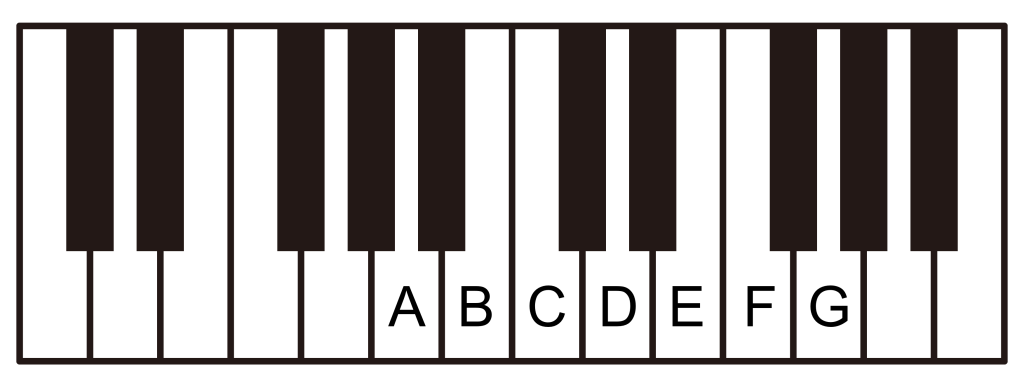
The A minor scale uses the same notes as C major but starts on a different root note, creating a completely different mood.
3. Chords: Triads and Seventh Chords
Chords, which are multiple notes played simultaneously, are essential for creating harmony in music. The most basic type of chord is the triad, and a more advanced form is the seventh chord.
Triads
A triad is a chord made up of three notes and consists of:
- Root note: The base note of the chord (e.g., C)
- Third: The note that is a third above the root (e.g., C to E)
- Fifth: The note that is a fifth above the root (e.g., C to G)
Triads come in four basic types:
- Major Triad: A bright sound. Example: C major (C, E, G)
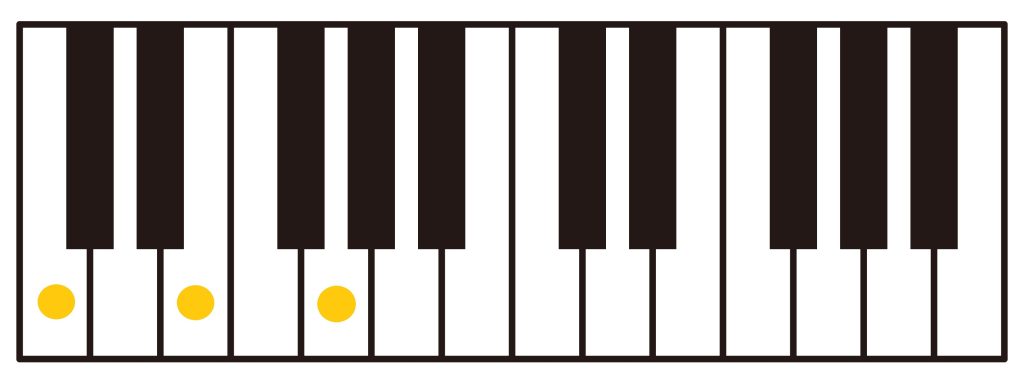
- Minor Triad: A darker sound. Example: C minor (C, E♭, G)
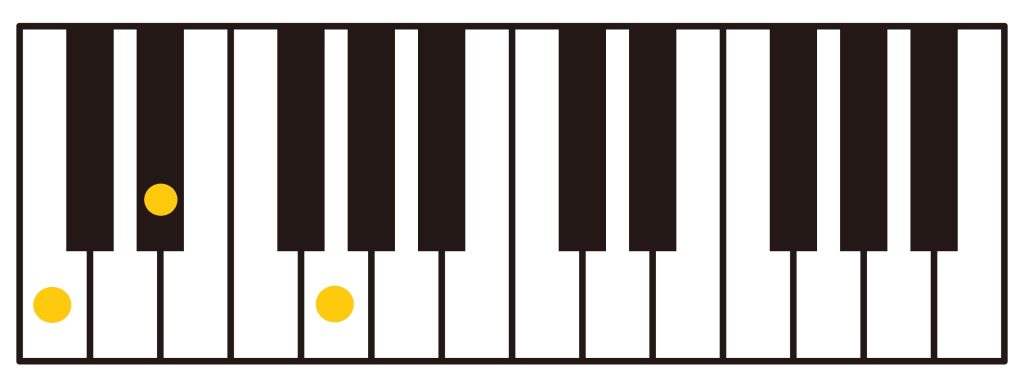
- Augmented Triad: A tense sound. Example: C augmented (C, E, G♯)

- Diminished Triad: An unstable sound. Example: C diminished (C, E♭, G♭)
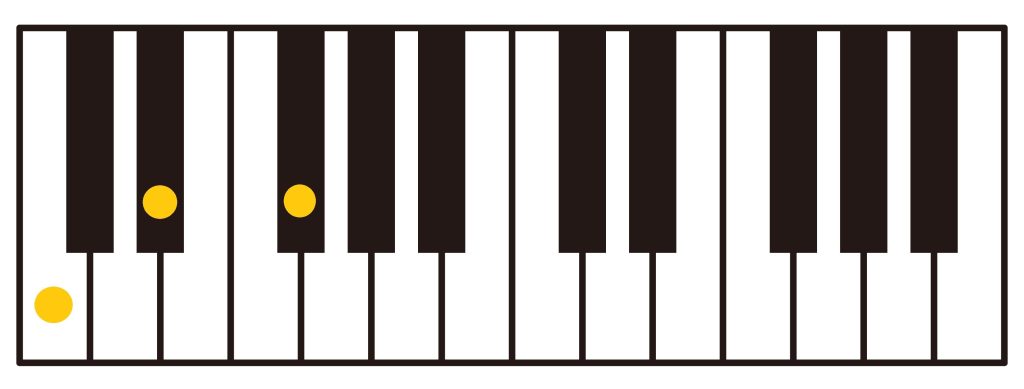
Seventh Chords
Seventh chords add an extra note—the seventh—to the triad, creating a richer, more complex harmony. The most common seventh chord is the dominant seventh (V7).
Example: C7 (C dominant seventh) = C, E, G, B♭
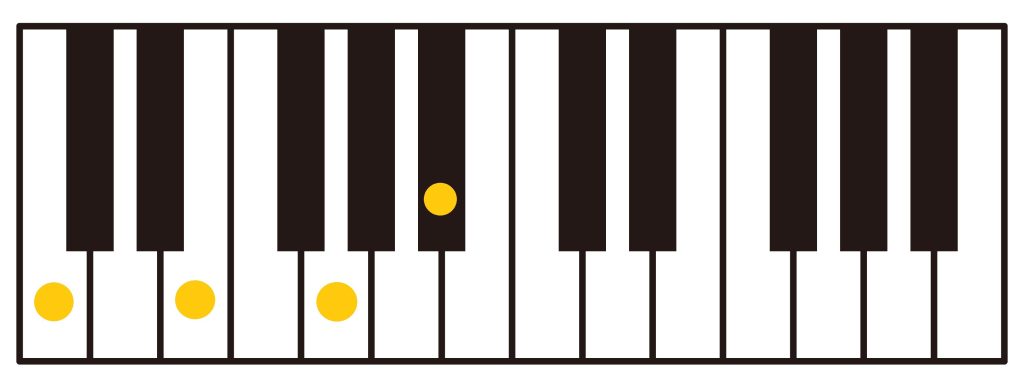
Seventh chords are commonly used in jazz, blues, and rock music, and they help create tension and resolution in chord progressions.
Major Seventh Chord
Major Seventh Chords is built by stacking the 1st, 3rd, 5th, and 7th notes of the major scale.
Example: C Major Seventh Chord (Cmaj7) = C, E, G, B
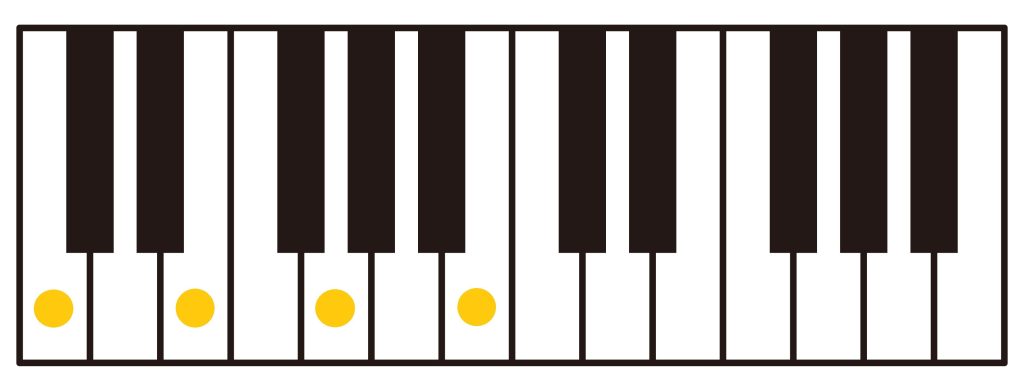
Major Seventh Chords is a soft and pleasant-sounding chord commonly used in jazz and pop music.
4. What Are Diatonic Chords?
Diatonic chords are chords that are built using only the notes from a specific scale. These chords play a vital role in establishing the harmony and tonality of a piece of music.
Diatonic Chords in the Major Scale
Here’s an example of the diatonic chords in the C major scale:
- I: C Major

- ii: D Minor
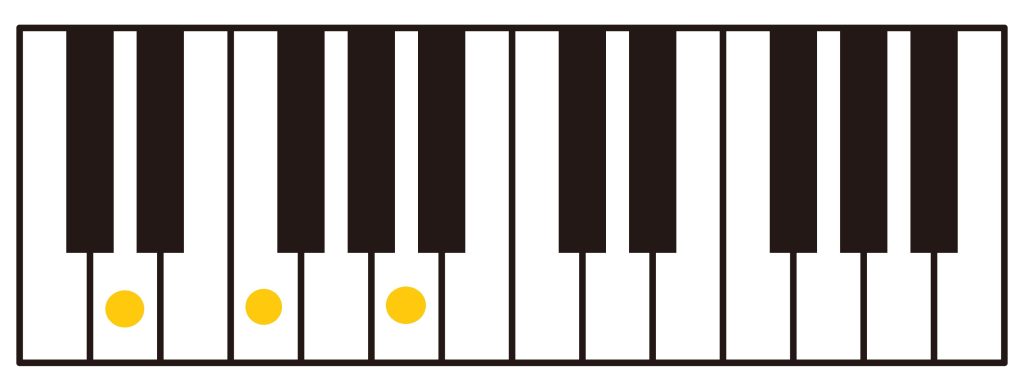
- iii: E Minor
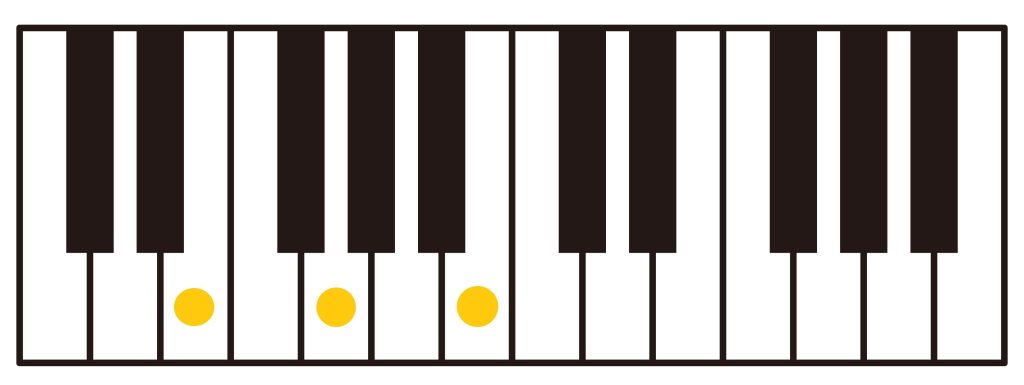
- IV: F Major

- V: G Major
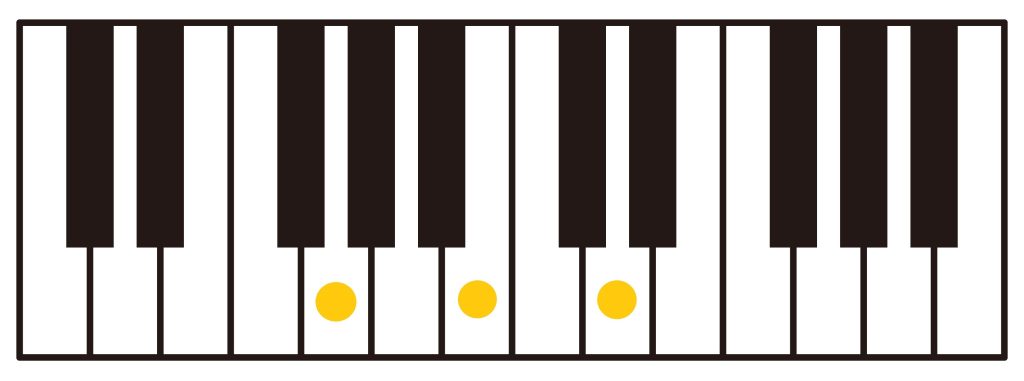
- vi: A Minor
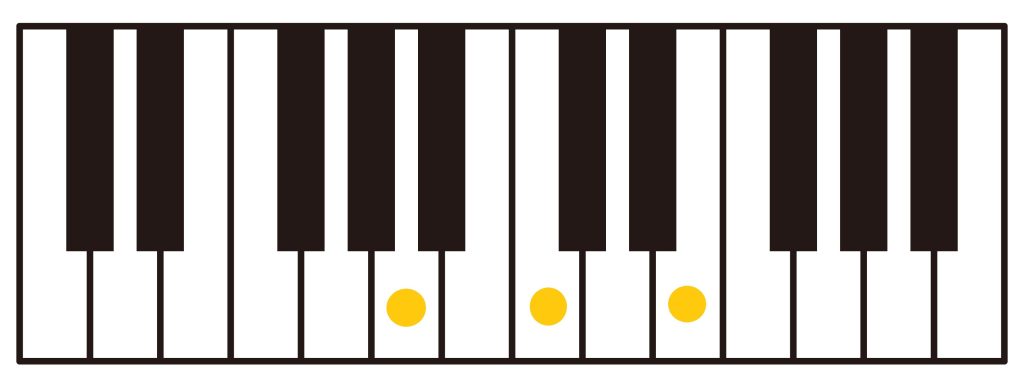
- vii°: B Diminished
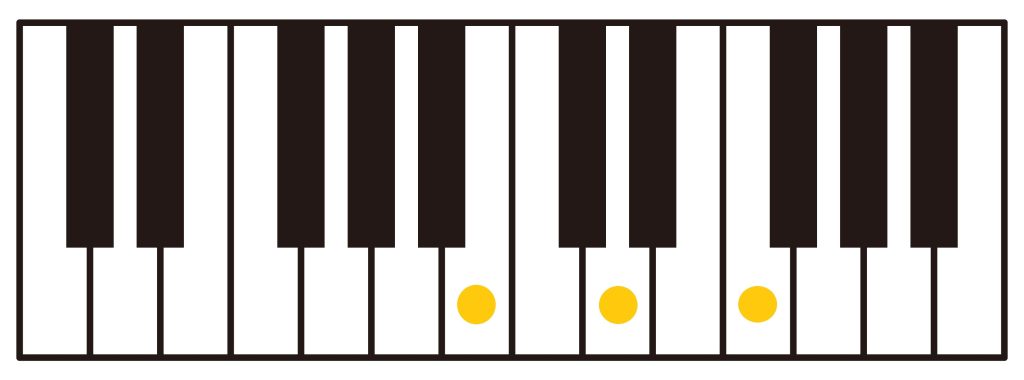
These chords are naturally related to one another and are used to create smooth and natural-sounding chord progressions. The V to I progression (dominant motion) is particularly powerful, creating a strong sense of resolution that is frequently used in popular music.
5. Practical Applications
Now that you understand the basics of intervals, scales, and chords, let’s apply these concepts by creating some chord progressions and melodies. Here are a few simple examples using the C major scale:
Basic Chord Progressions Using the C Major Scale
- I - IV - V - I
Example: C (I) → F (IV) → G (V) → C (I)
This is a very common progression in popular music, providing a bright and satisfying resolution. - ii - V - I
Example: Dm (ii) → G (V) → C (I)
Often used in jazz, this progression creates a flowing movement that resolves naturally back to the tonic chord. - vi - IV - V - I
Example: Am (vi) → F (IV) → G (V) → C (I)
This progression has a slightly more emotional or nostalgic feel and is often used in ballads.
Conclusion
By understanding these foundational elements of music theory, you will be able to create your own songs, play more confidently with other musicians, and gain a deeper appreciation for the music you listen to. The next step is to delve further into rhythm and more advanced harmonic concepts, allowing you to create even more complex and expressive music.
